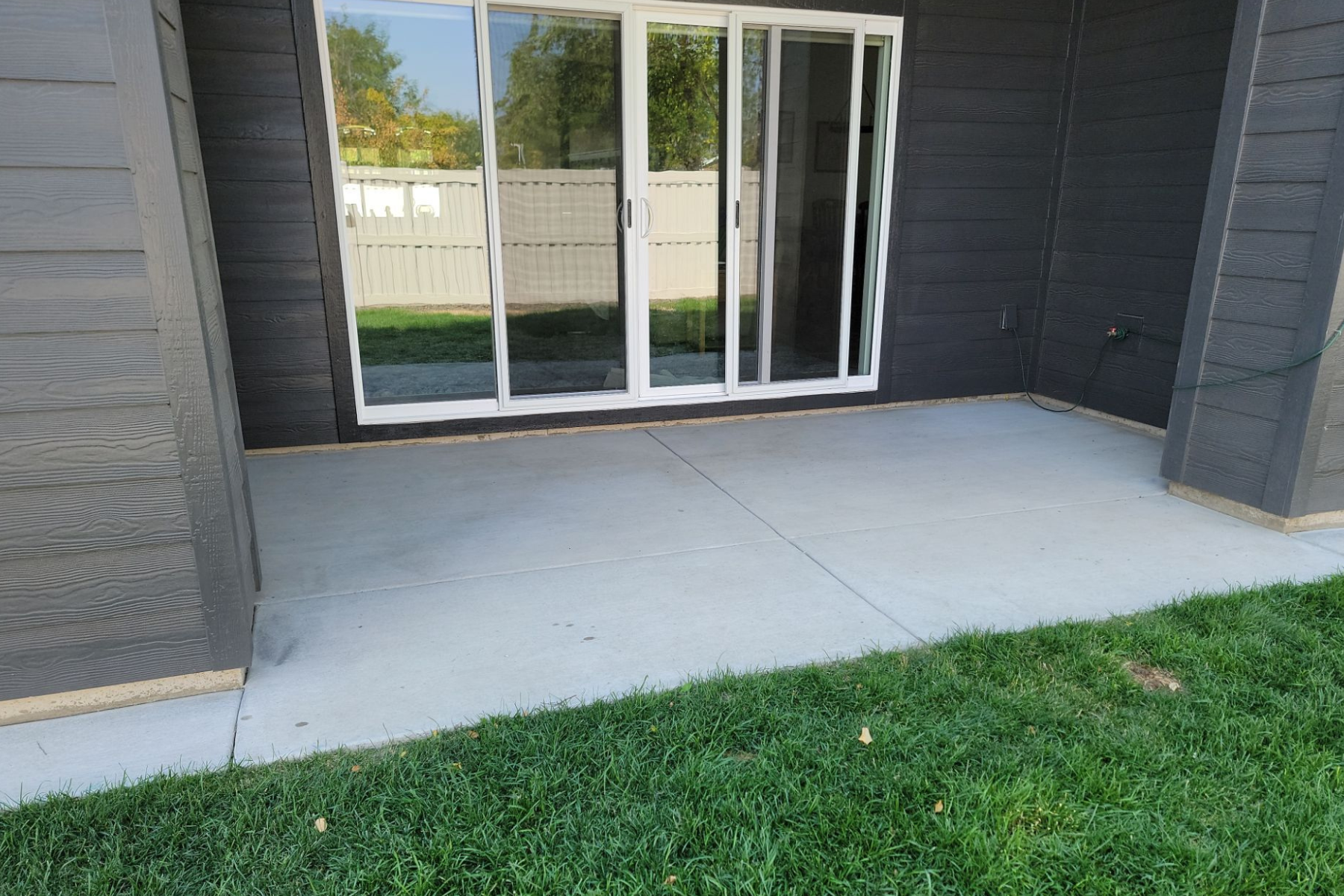Polished Concrete vs. Grind and Seal: What's Best for Your Commercial Floor?
Understanding the Key Differences Between Polished Concrete and Grind-and-Seal Systems for Commercial Floors
When comparing commercial concrete floor coatings, polished concrete and grind and seal systems are two of the most common options. Both start with a similar prep process—grinding the surface of the concrete—but the end result and long-term performance can be very different.
At Spray ’n Coat Painting, we walk commercial customers through the pros and cons of each system to help them make the right decision for their space, timeline, and budget. Here’s a breakdown of what sets these systems apart and when a grind and seal might be the better choice.
What Is Polished Concrete?
Polished concrete is exactly what it sounds like. Using a floor grinding machine, we begin by grinding the surface to remove imperfections and prepare it for polishing. From there, the concrete is polished with a series of finer grits—anywhere from 3 to 10+ steps—until it reaches the desired level of shine. The process is similar to polishing a stone or gemstone.
Polished concrete can offer a beautiful, natural-looking finish and works well in commercial spaces that want a modern, minimalist aesthetic. However, there are some limitations to keep in mind.
Key Drawbacks of Polished Concrete:
- Lacks stain resistance – It can easily absorb spills, including food, grease, or restroom contaminants.
- Not antimicrobial – This can be a concern in facilities that require higher levels of cleanliness.
- Longer process – Depending on the condition of the floor and polish level desired, the process can take significantly longer than a coating system.
What Is a Grind and Seal System?
A grind and seal system starts out the same as polished concrete—with a mechanical grind to smooth and prepare the surface. However, instead of continuing with additional polishing passes, we apply a protective urethane coating to the concrete.
This clear topcoat locks in the appearance of the ground concrete while creating a sealed, low-maintenance surface. The result is a professional, finished look with greater protection and faster turnaround.
Advantages of Grind and Seal for Commercial Spaces:
- Faster installation – Most projects are completed in significantly less time.
- Lower cost – Fewer steps and less labor make it a more budget-friendly option.
- High performance – The urethane topcoat adds excellent stain resistance, chemical resistance, and durability.
- Improved hygiene – Unlike bare polished concrete, sealed floors are easier to clean and maintain.
Which System Is Right for You?
If your commercial space needs a sleek, stain-resistant, low-maintenance floor, a grind and seal system is often the more practical choice. From retail stores and showrooms to restrooms and breakrooms, sealed concrete holds up better under everyday use—especially in areas where spills or staining are likely.
On the other hand, if your space prioritizes aesthetics and foot traffic is light, polished concrete might be worth considering. However, keep in mind that polished surfaces may still require frequent maintenance and sealing over time to stay looking clean and consistent.
Trusted Commercial Floor Coatings in Boise and Beyond
Spray ’n Coat Painting has installed concrete floor coatings for commercial customers throughout Boise, Meridian, Nampa, and the Treasure Valley. From restaurants and retail stores to industrial warehouses and city facilities, we help you choose the right system for your needs and budget.
Explore more about our commercial floor coating services and see examples of our recent projects.
To get started, contact Spray ’n Coat Painting or fill out a request form to schedule a free on-site estimate.
















































































































